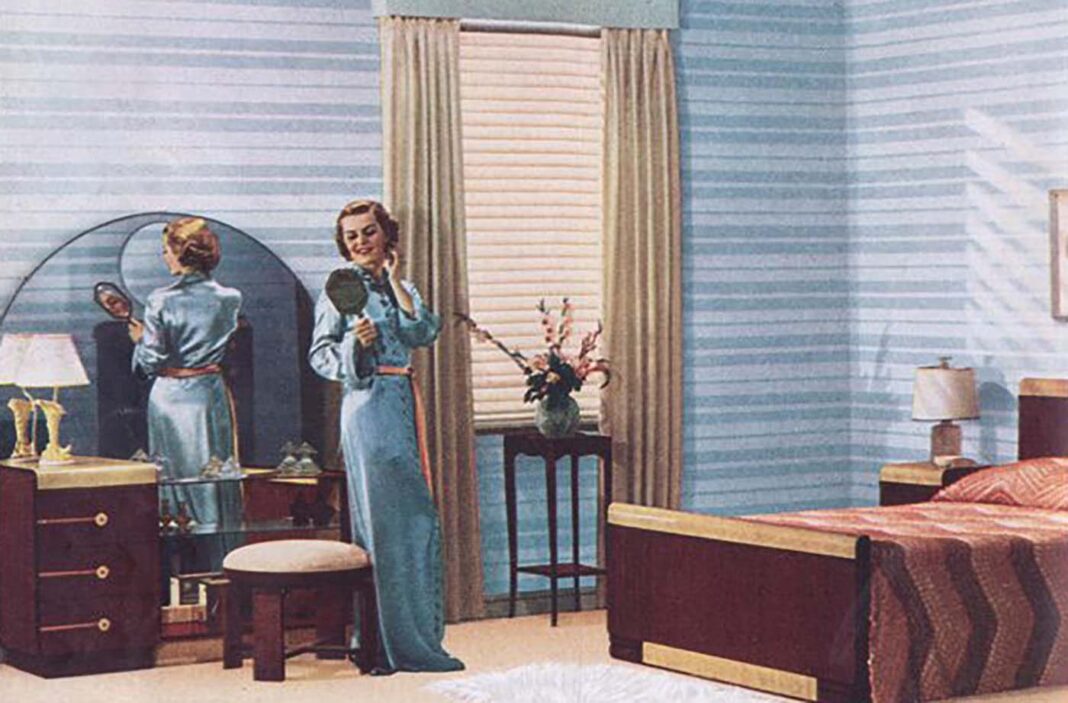The 1930s stand as a pivotal juncture in the evolution of house interiors and design principles, marked by a compelling fusion of historical influences and avant-garde innovation.
During this transformative period, two predominant design sensibilities held sway: the opulent embrace of Art Deco and the enduring allure of traditional aesthetics.
Art Deco, characterized by its geometric forms, bold lines, and ornate embellishments, encapsulated the zeitgeist of modernity.
Its influence extended beyond visual aesthetics, permeating architecture, fashion, and industrial design.
The streamlined geometry of Art Deco not only reflected technological advances but also represented a departure from the ornate detailing of the past.
Conversely, the Colonial Revival movement drew inspiration from the past, reviving elements of early American design.
This nostalgic aesthetic emphasized craftsmanship, intricate detailing, and a connection to heritage. It stood as a counterpoint to the sleek minimalism of Modernism, appealing to those who sought comfort in tradition amidst the uncertainties of the time.
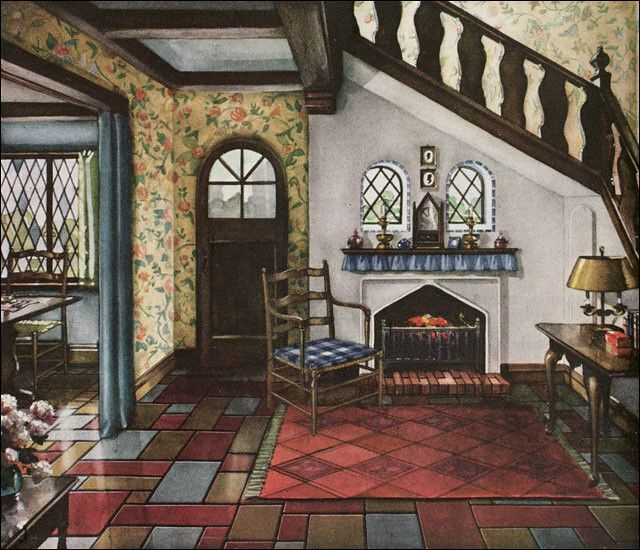
1930 Armstrong linoleum – English revival style
Art Deco manifested in luxurious materials such as chrome, glass, and mirrors, creating an atmosphere of sophistication and opulence.
Rooms were adorned with angular furniture, bold patterns, and vivid color palettes, often juxtaposed against sleek, smooth surfaces. The era’s love affair with symmetry and repetition found expression in ornate wall coverings, decorative motifs, and elaborate light fixtures.
On the other hand, Colonial interiors exude an air of timeless elegance. These spaces embraced dark wood tones, intricate carvings, and rich textiles.
Rooms were thoughtfully curated with antique furniture, showcasing the craftsmanship of bygone eras. The palette favored muted colors, evoking a sense of warmth and nostalgia.
Traditional design elements, such as wainscoting, crown moldings, and claw-footed furniture, added layers of visual interest and historical significance.
Amid the changing trends in design, these old pictures of houses from the 1930s (collected by Rikki Nyman) invite us to look deeper, to uncover the stories from the past, and notice the small details that influence how things look.
When we look at these old pictures, we get to experience a special story of beauty that still matters today. These
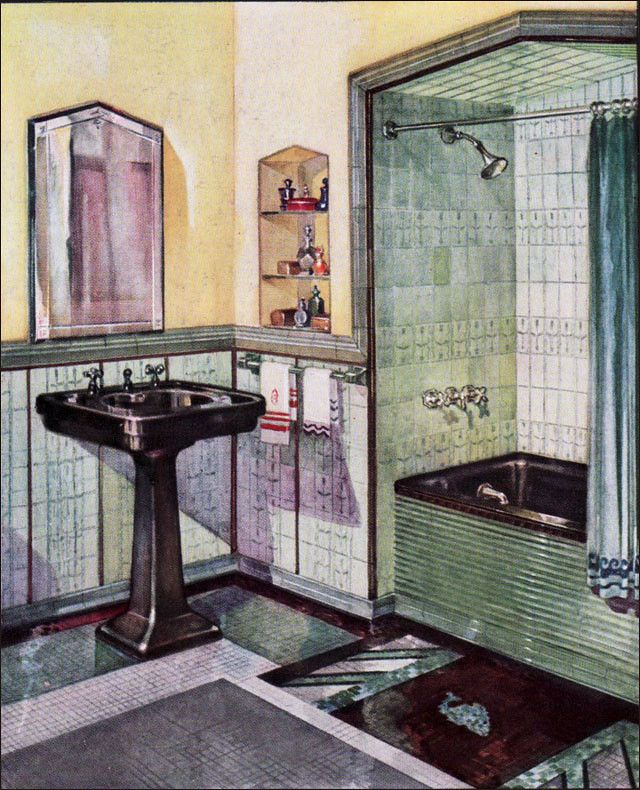
1930 bathroom
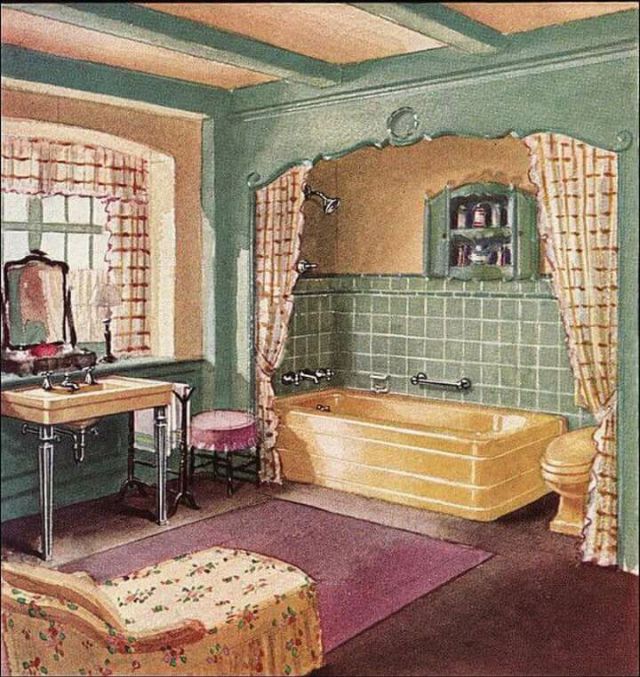
1930 crane bathroom
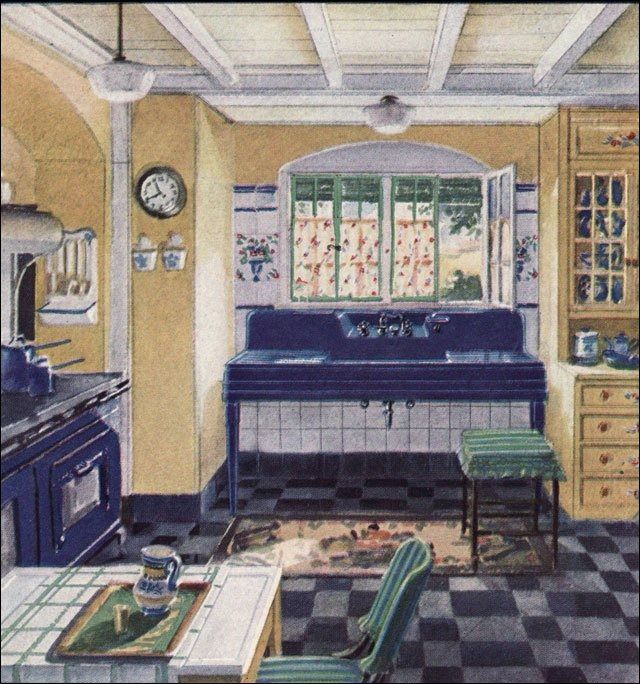
1930 crane kitchen
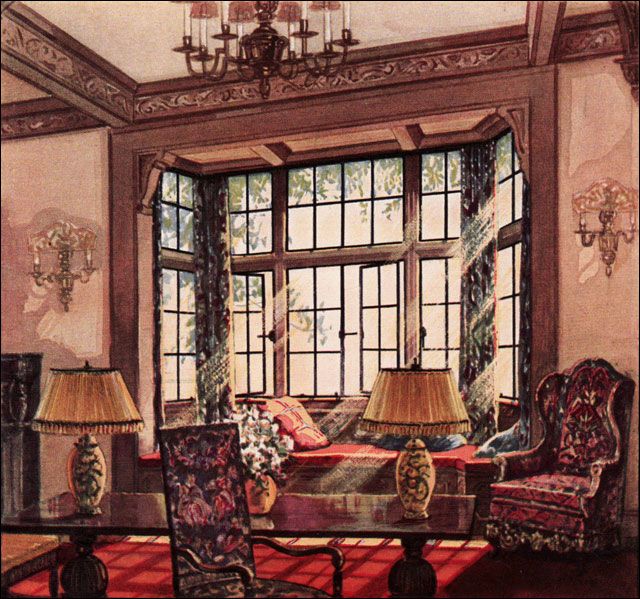
1930 fenestra casement window
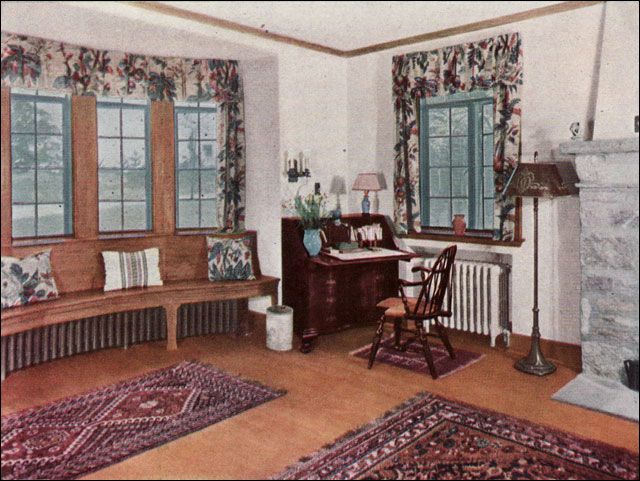
1930 living room
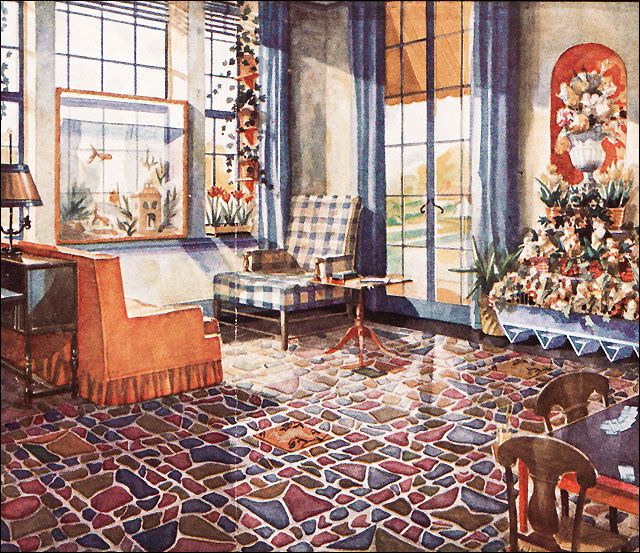
1930 sun room by Armstrong
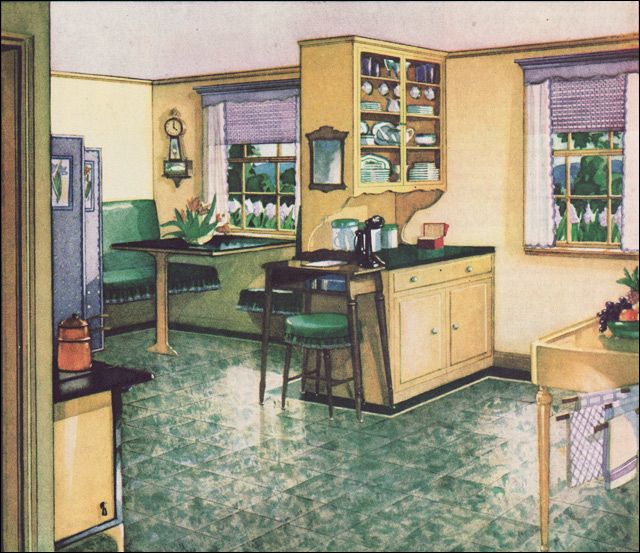
1931 Armstrong sunny yellow kitchen
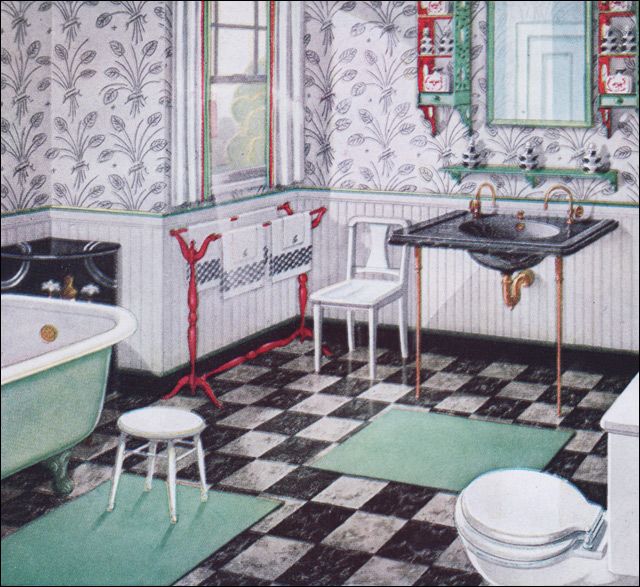
1931 bathroom
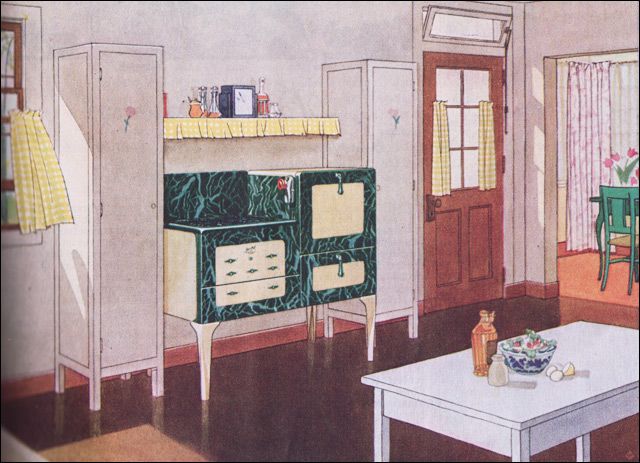
1931 kitchen
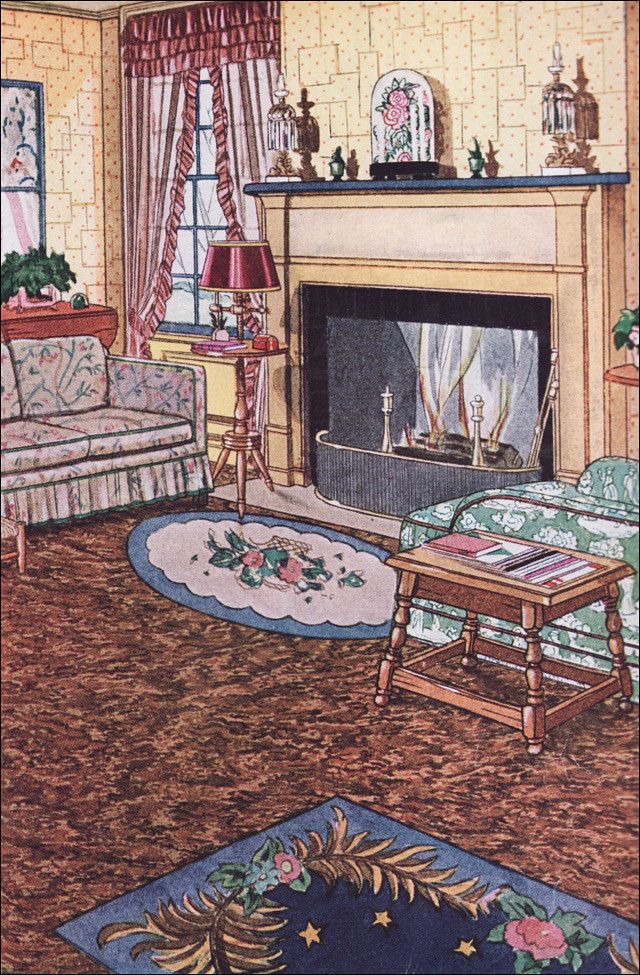
1931 Sealex Veltone linoleum in the living room
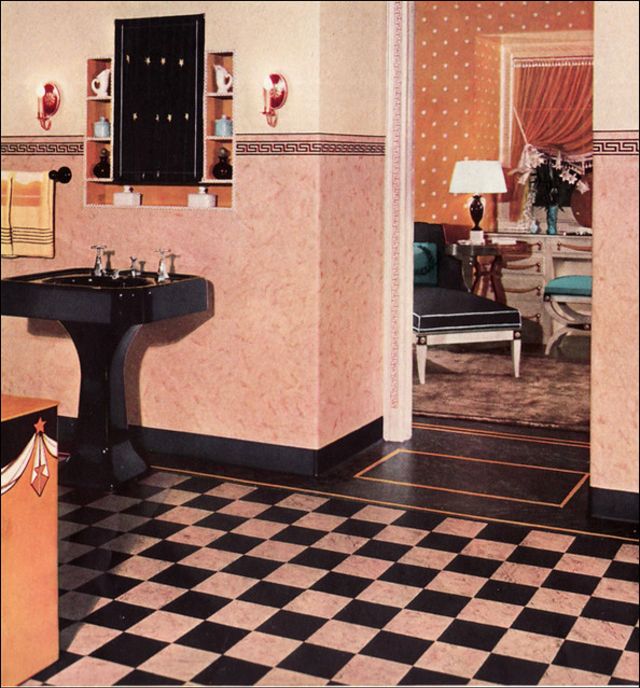
1933 bathroom
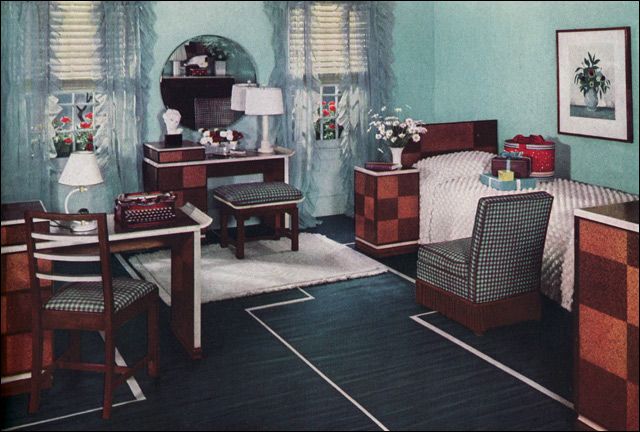
1934 “modern girl’s” bedroom
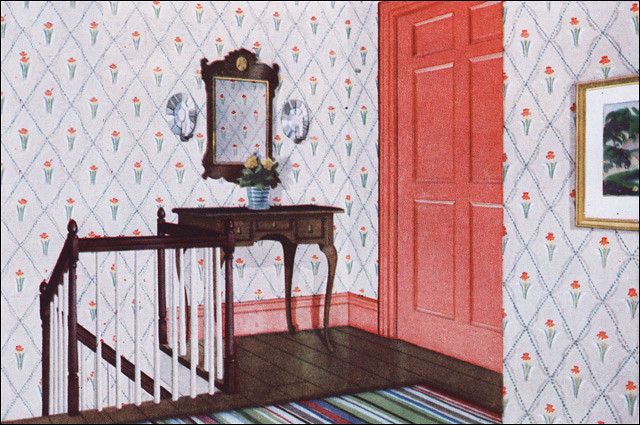
1934 imperial wallpaper
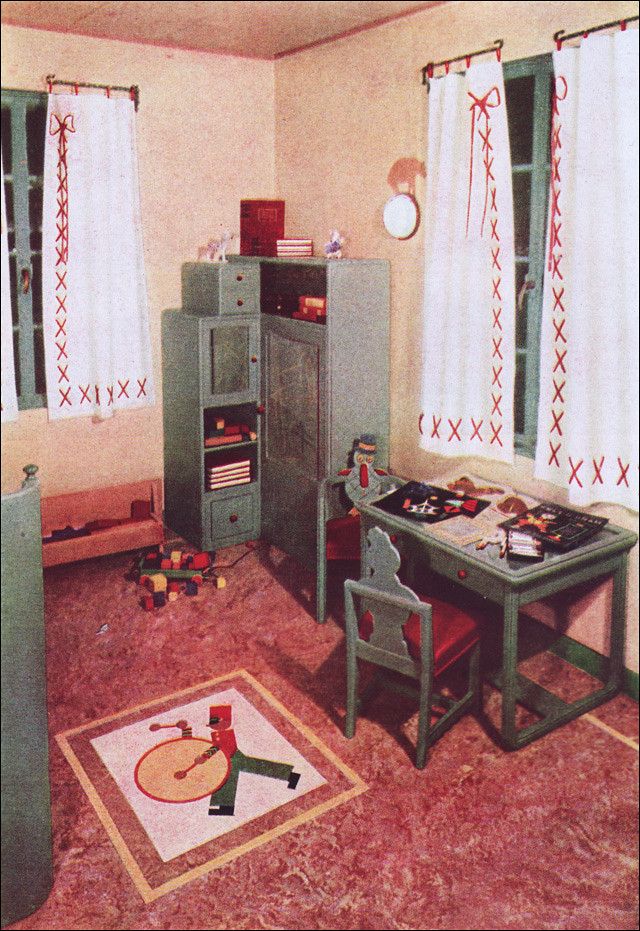
1934 Sealex kids’ room
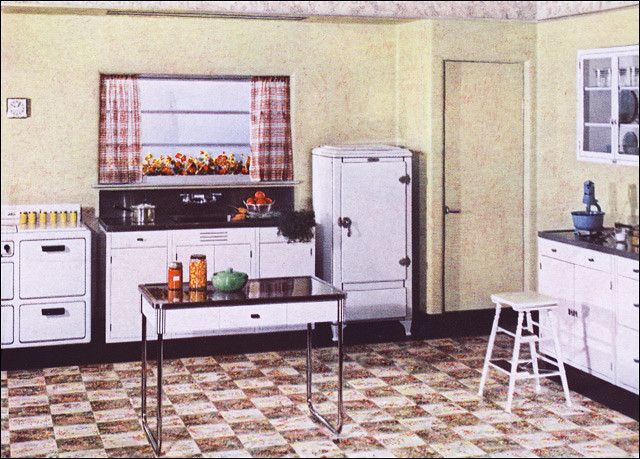
1934 yellow kitchen by Sealex
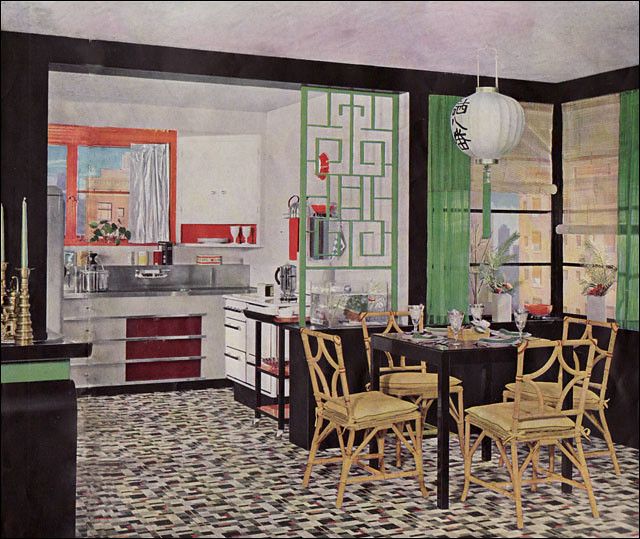
1935 Armstrong kitchen – Asian theme
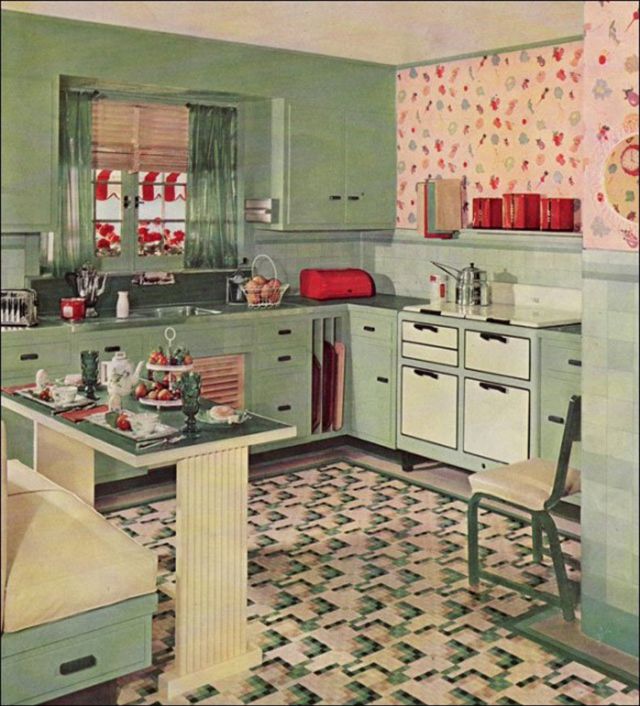
1935 Armstrong kitchen
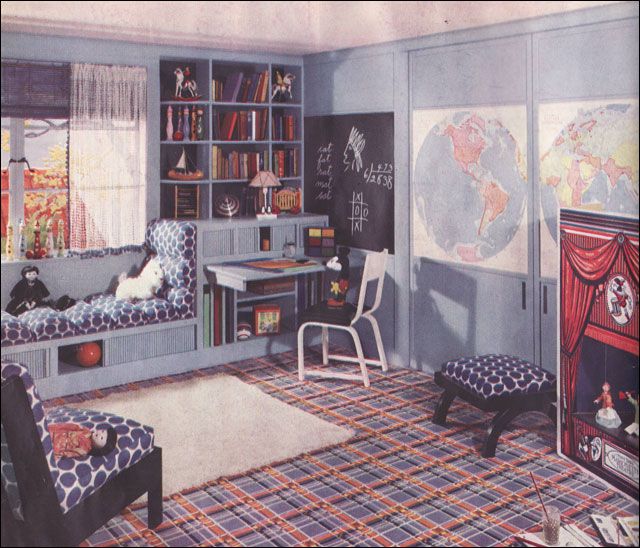
1935 kids’ room
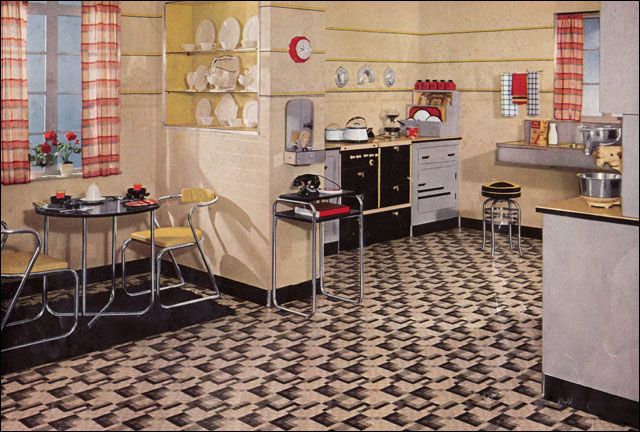
1935 modern Armstrong kitchen
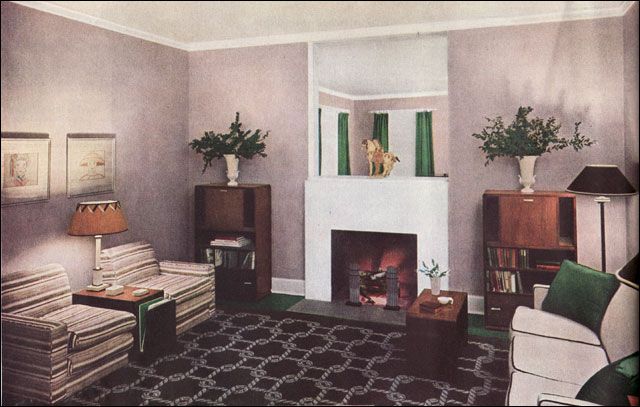
1935 modern living room in neutrals
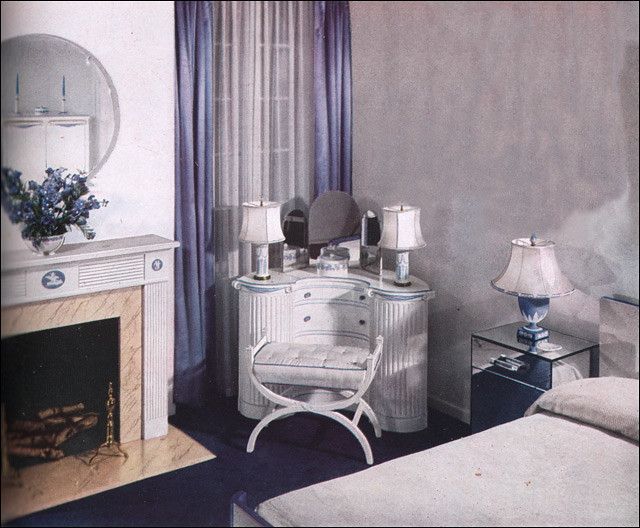
1936 deco bedroom – white & purple
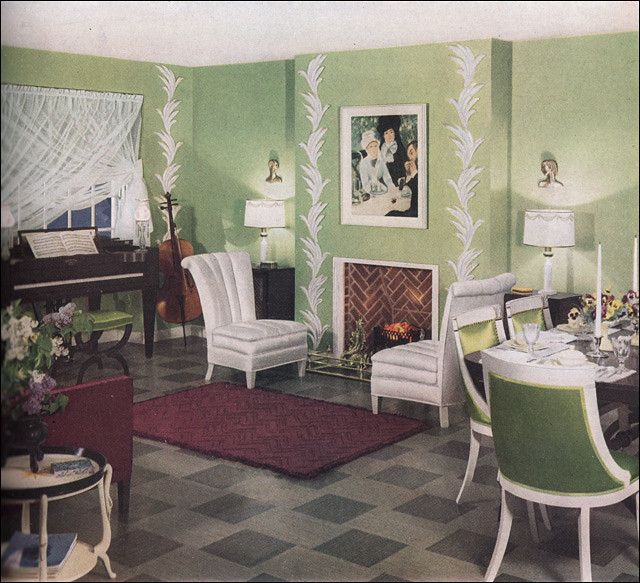
1936 key lime living room
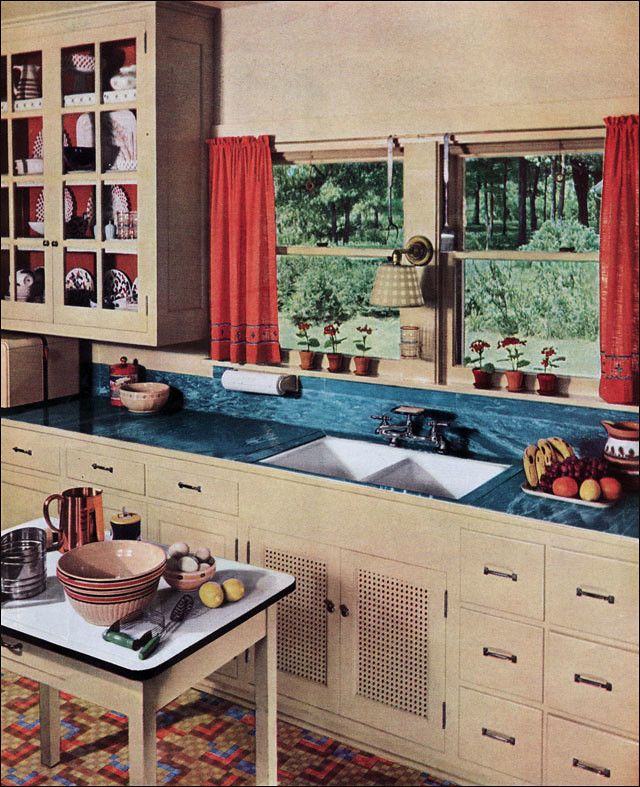
1936 kitchen with linoleum counter
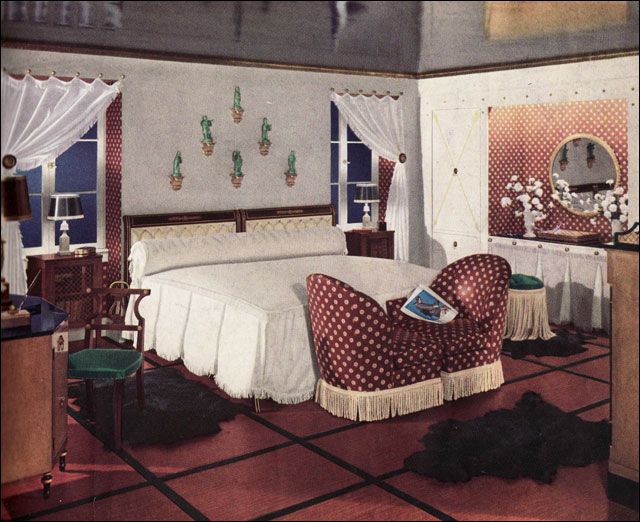
1936 middle class bedroom
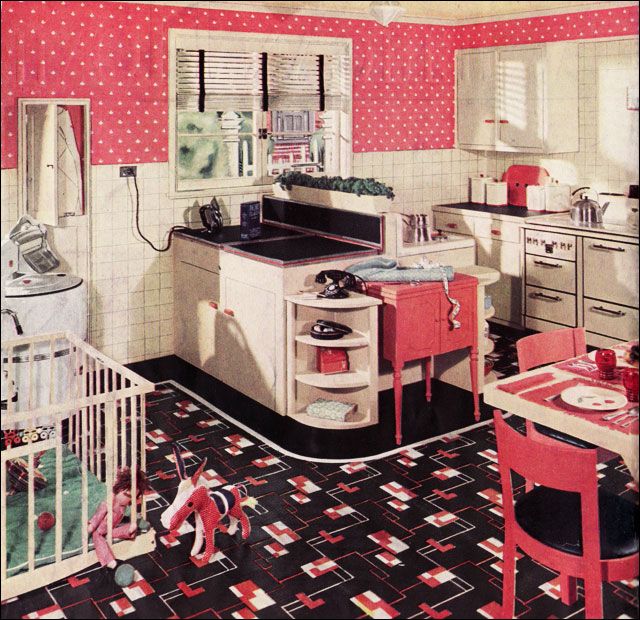
1936 pink polka dot kitchen
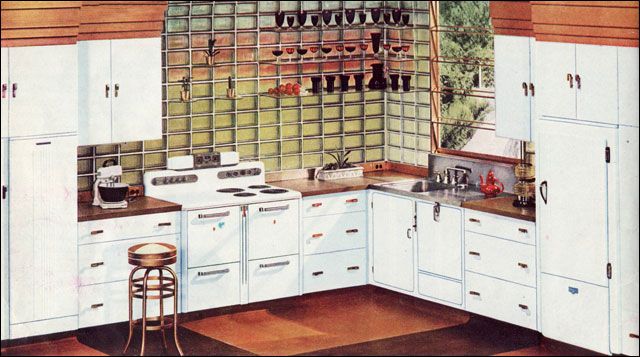
1936 Westinghouse kitchen
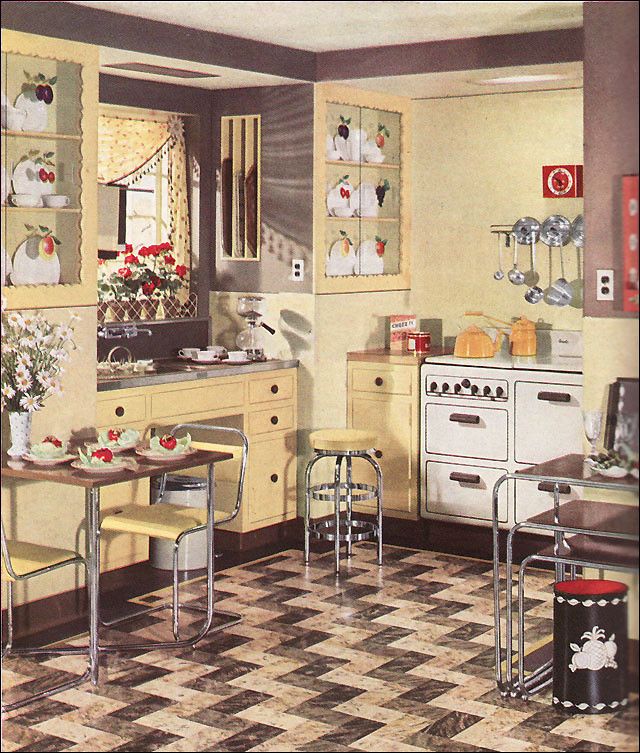
1936 yellow Armstrong kitchen with geraniums
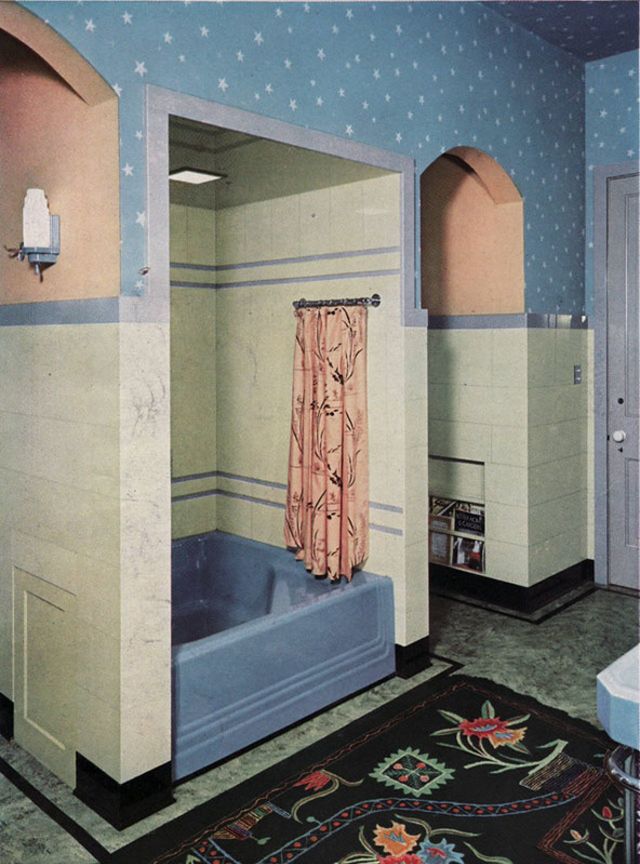
1937 bathroom – Carrara structural glass
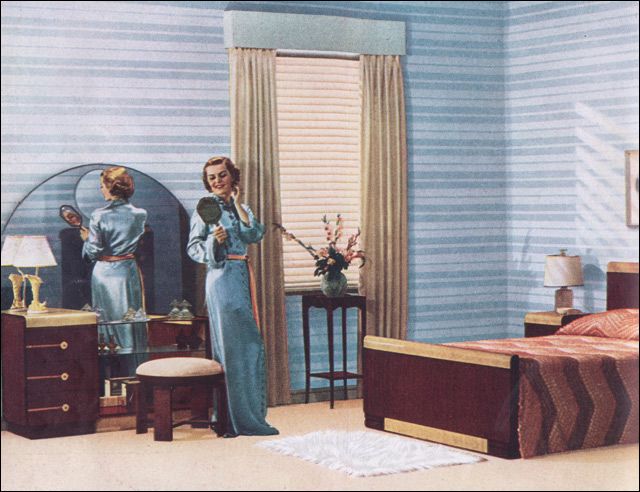
1937 deco blue bedroom
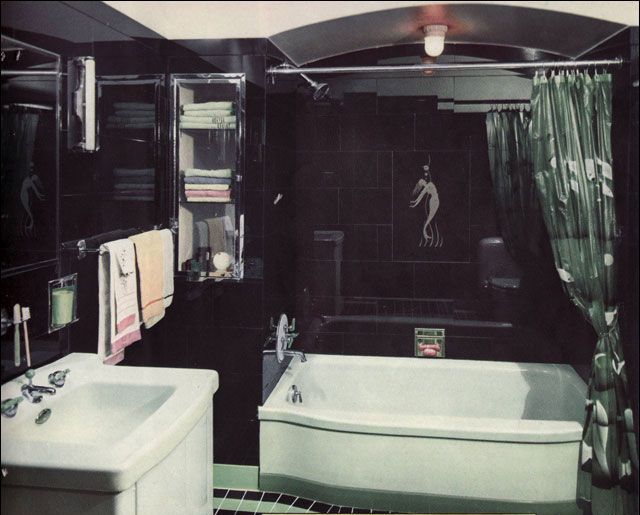
1937 Carrara glass bathroom – Art deco streamline
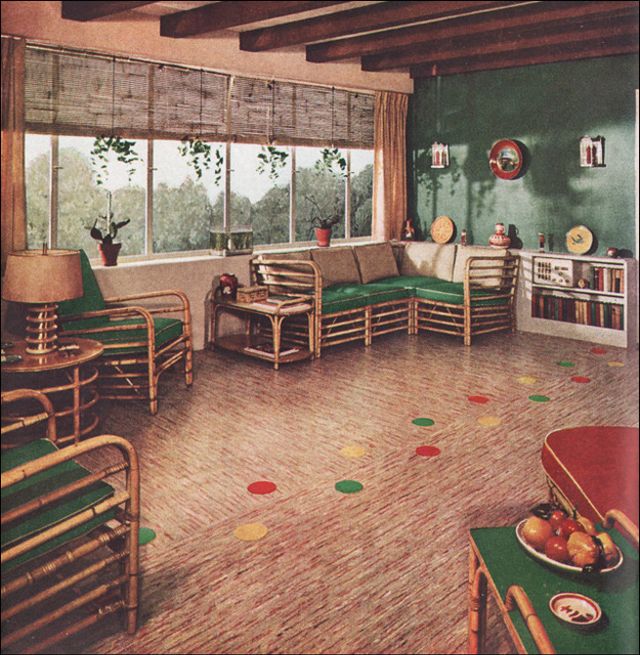
1937 green & rattan family room by Sealex
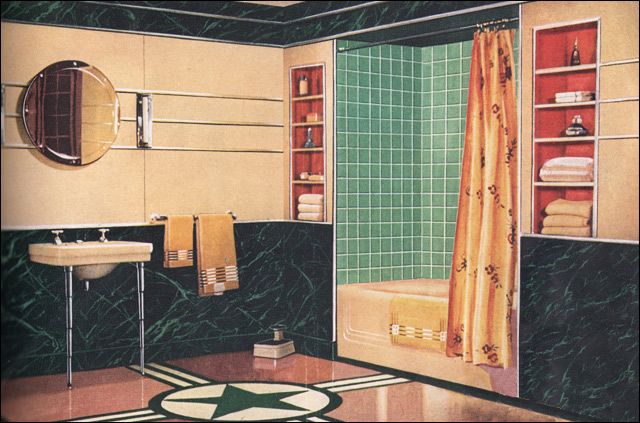
1937 Johns-Manville art deco bath
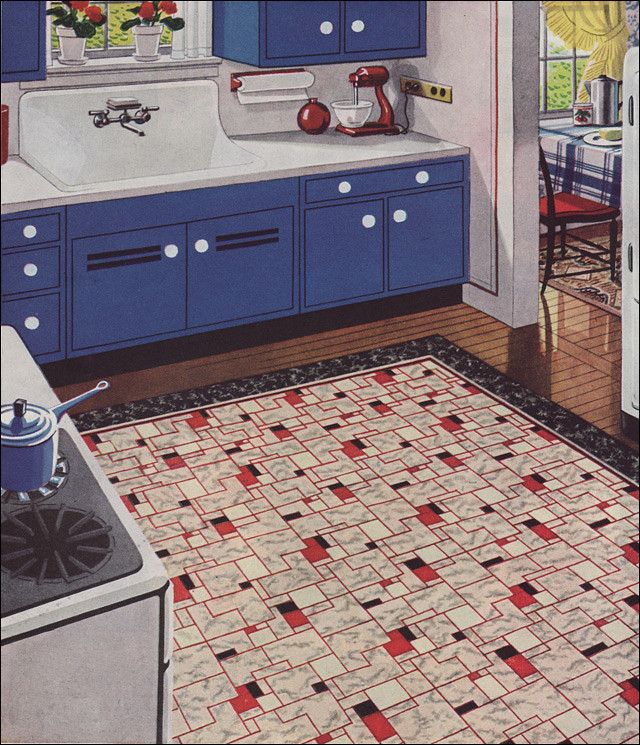
1937 kitchen with a sink to wash the dog
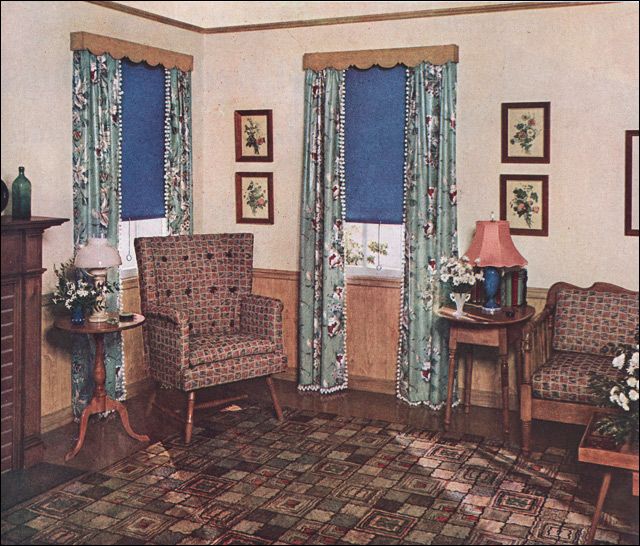
1937 living room
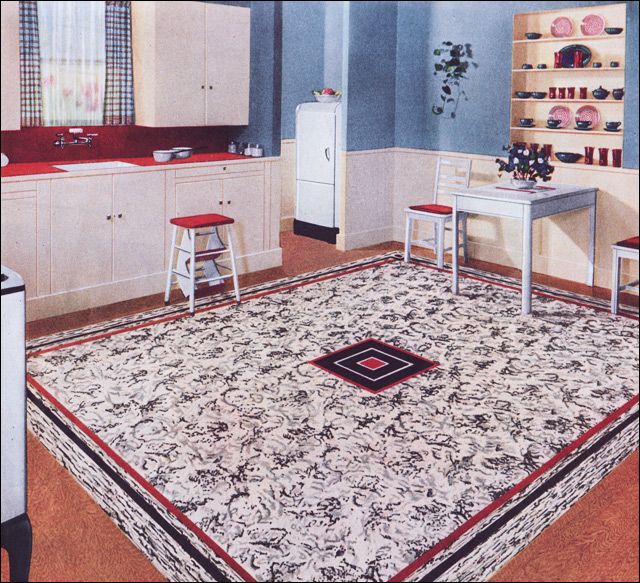
1937 modern Congoleum kitchen
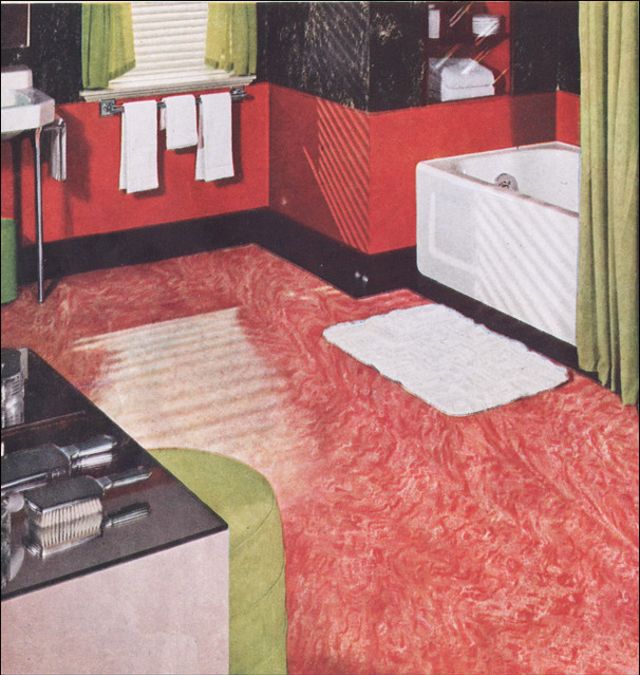
1937 modern deco bath in red
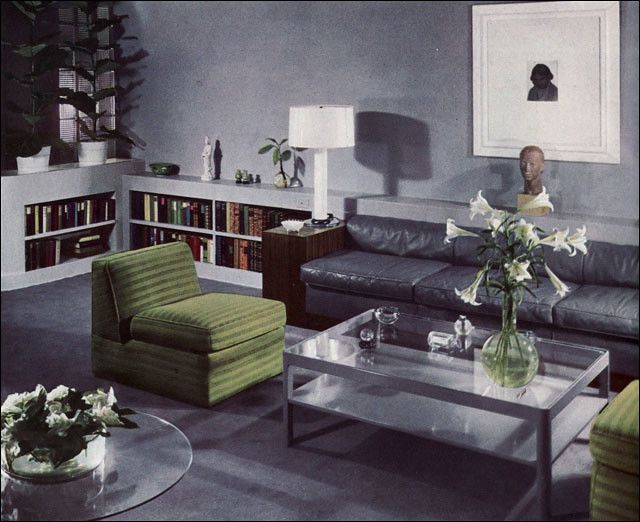
1937 modern living room
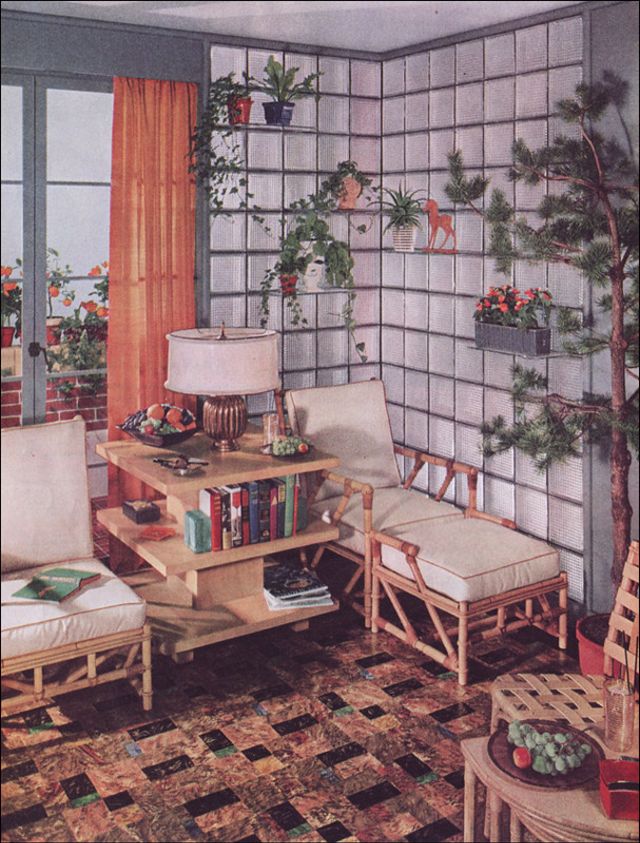
1937 modern sun room
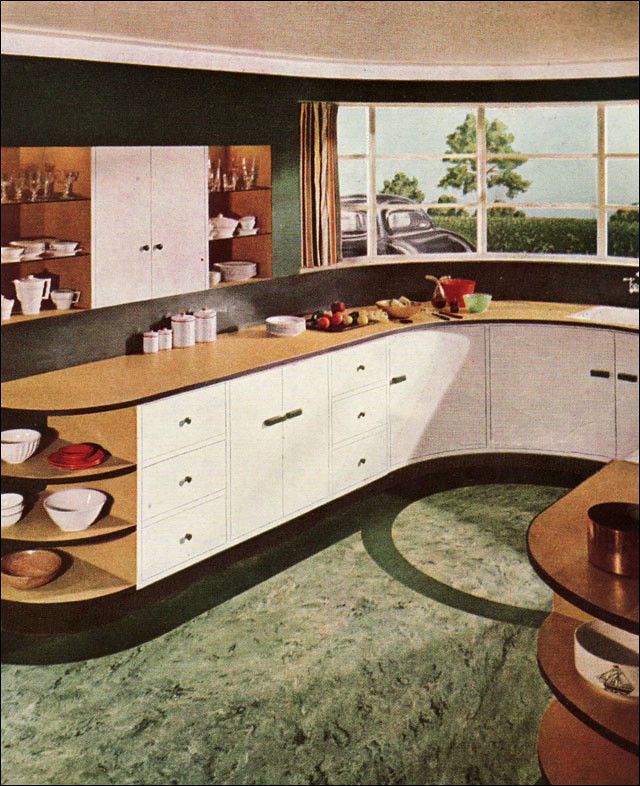
1937 Sealex modern kitchen
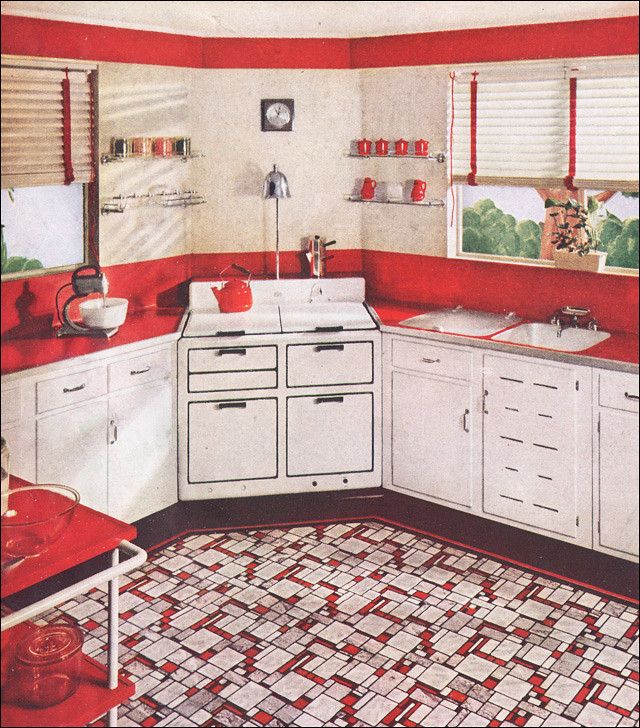
1937 Sealex red & white kitchen
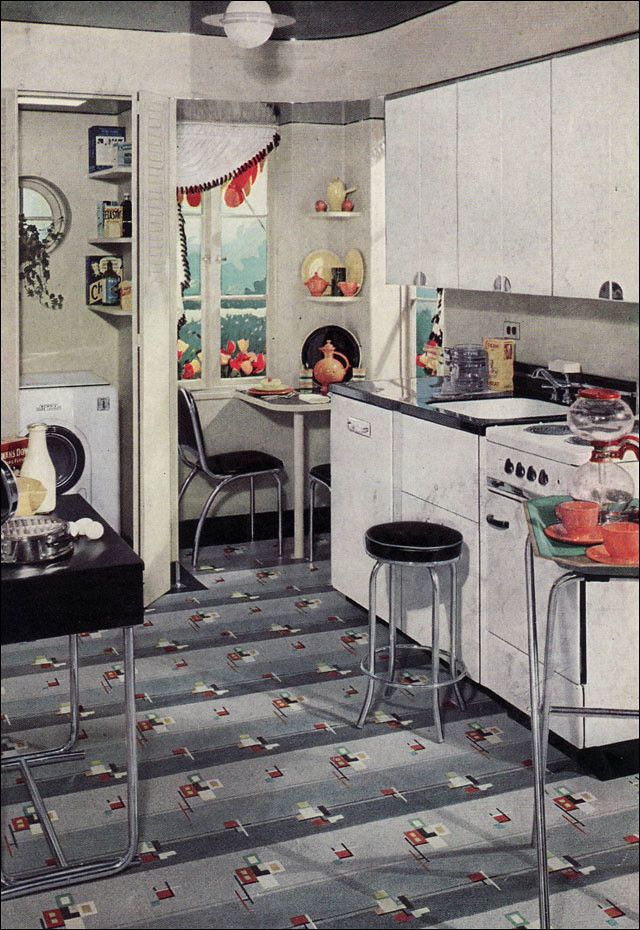
1938 Armstrong kitchen
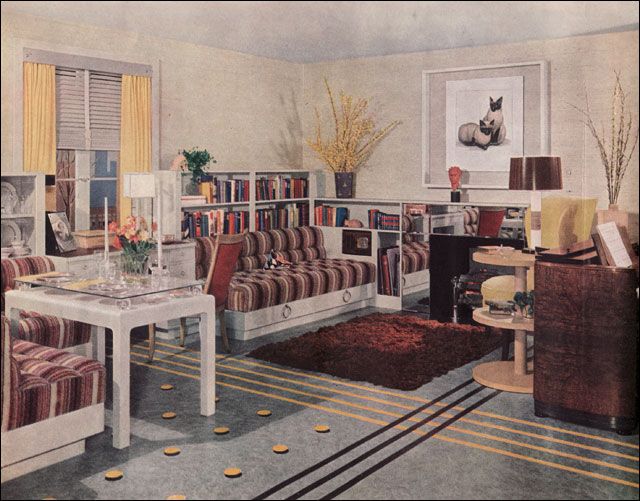
1938 Armstrong multipurpose room
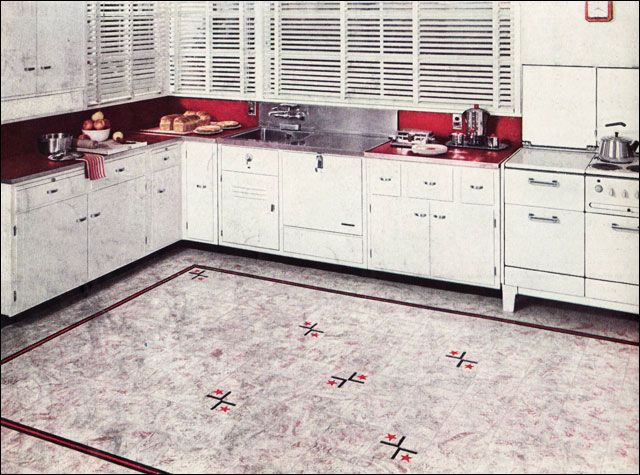
1939 kitchen by Pabco
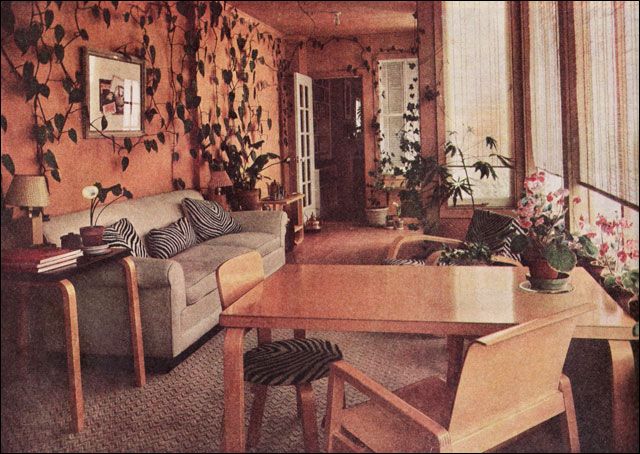
1939 mid-century modern den
(Photo credit: Rikki Nyman via Flickr)
